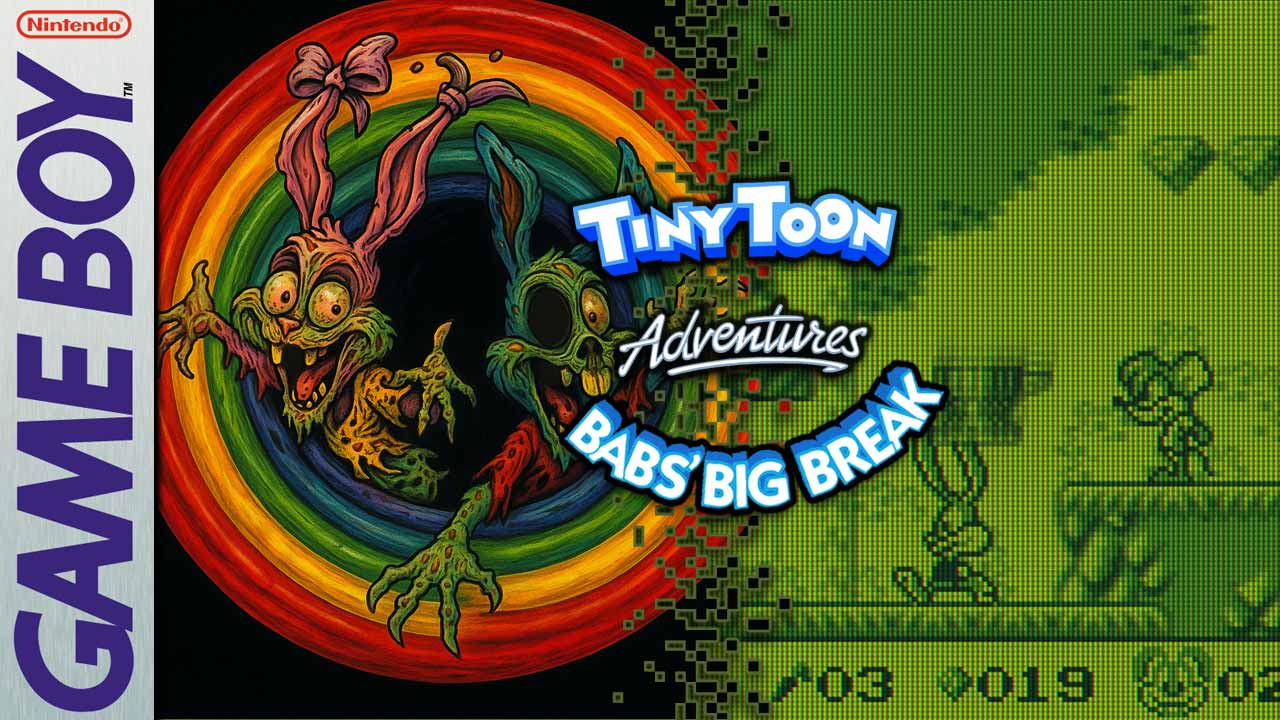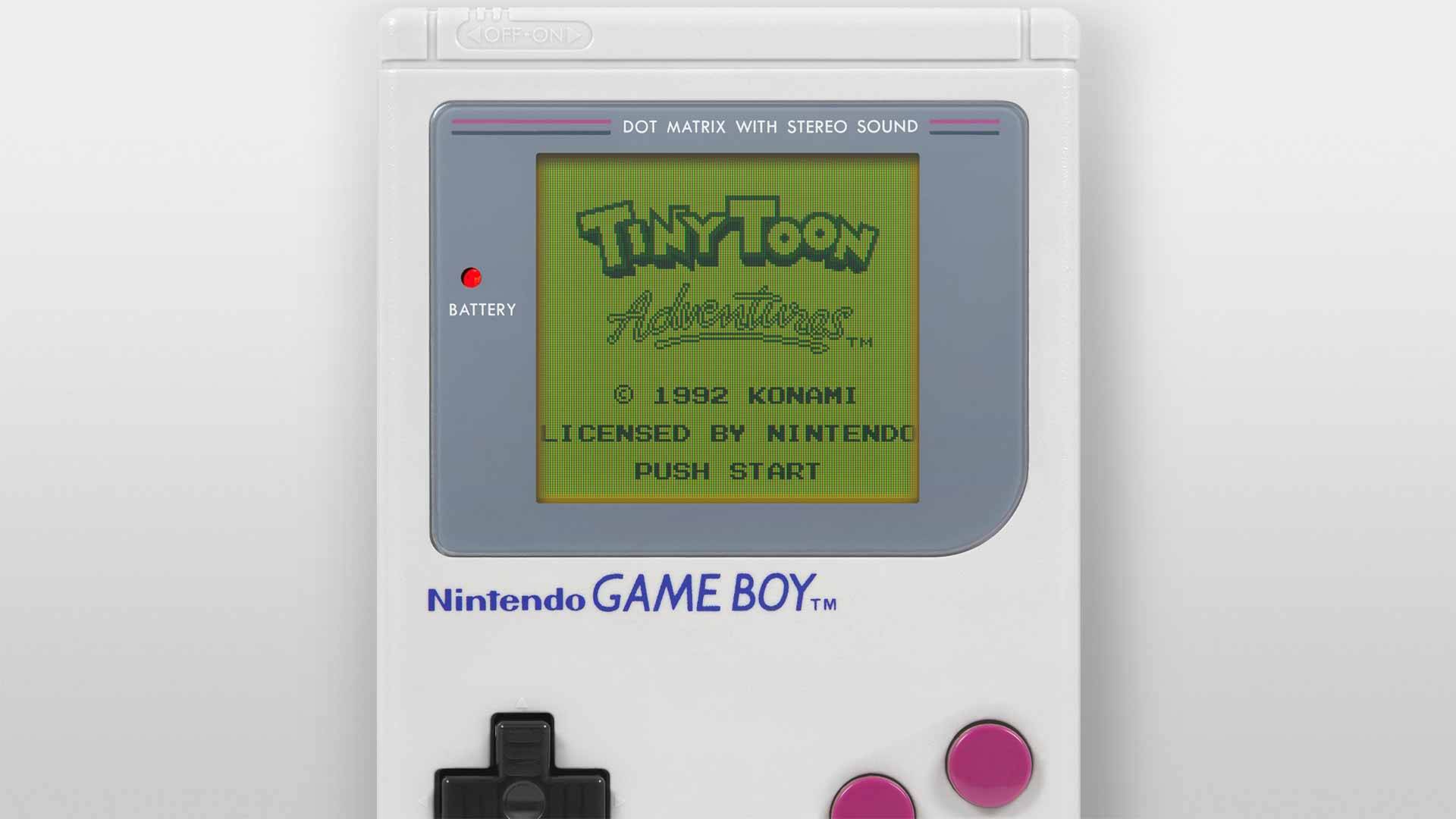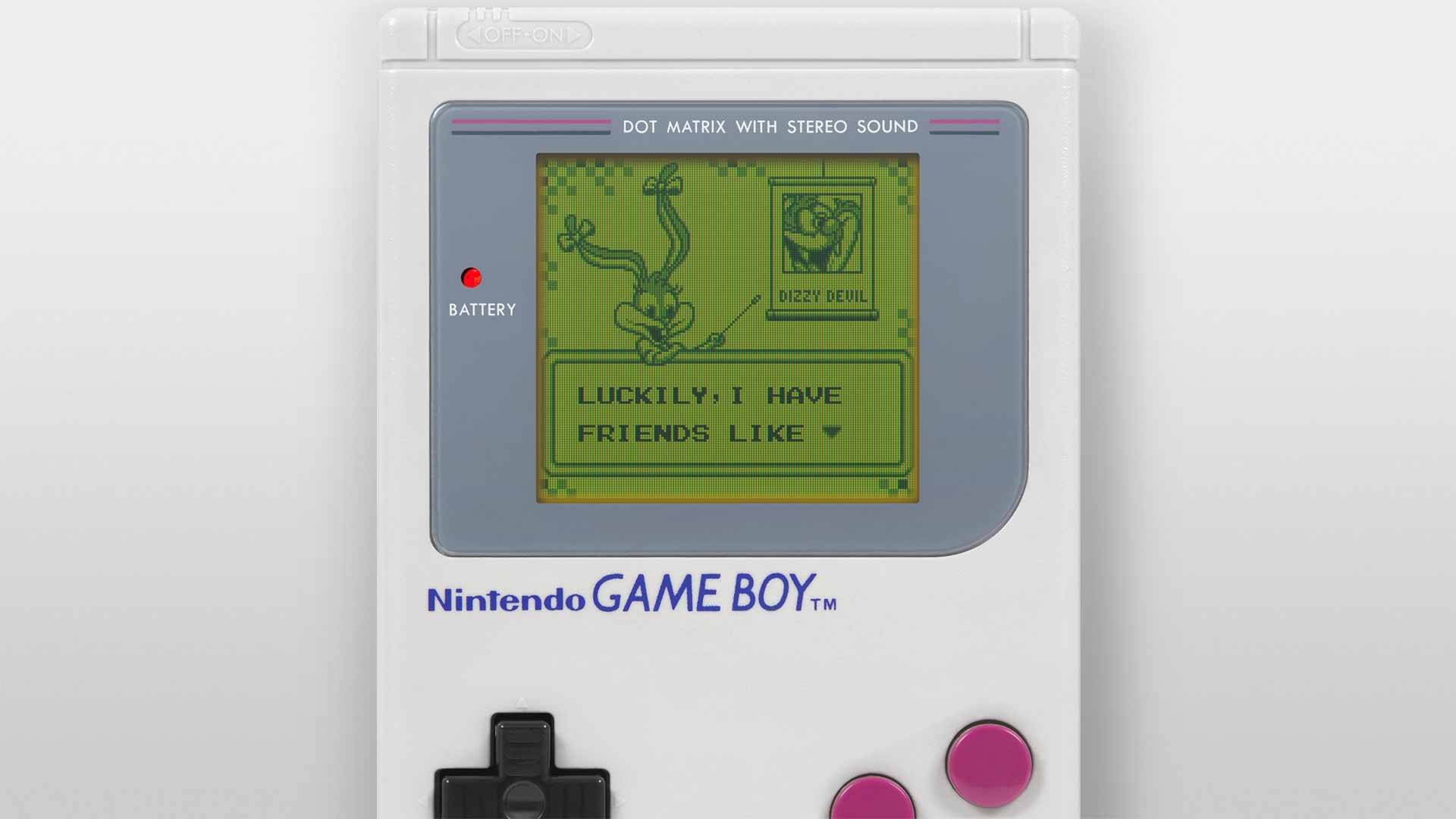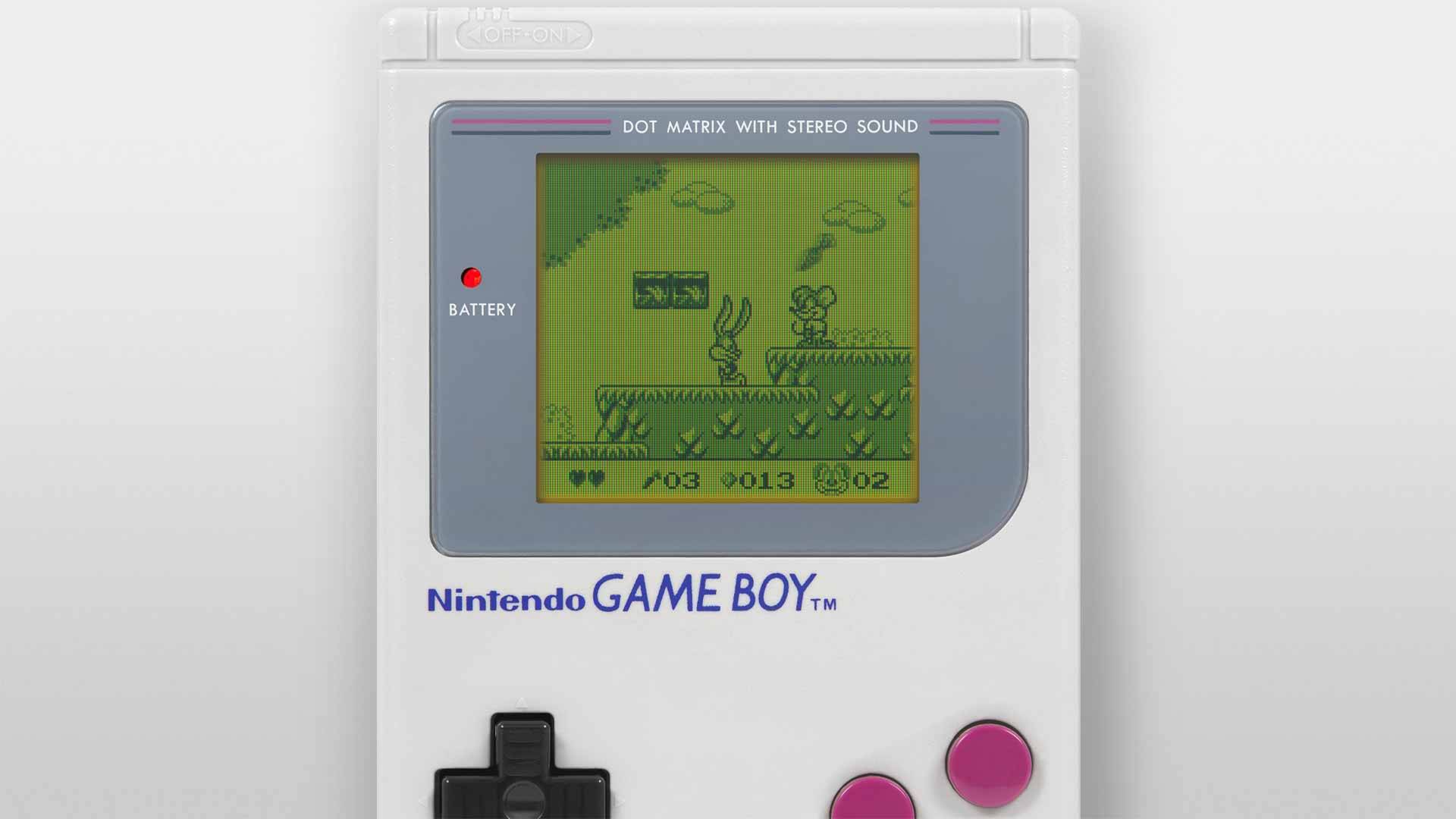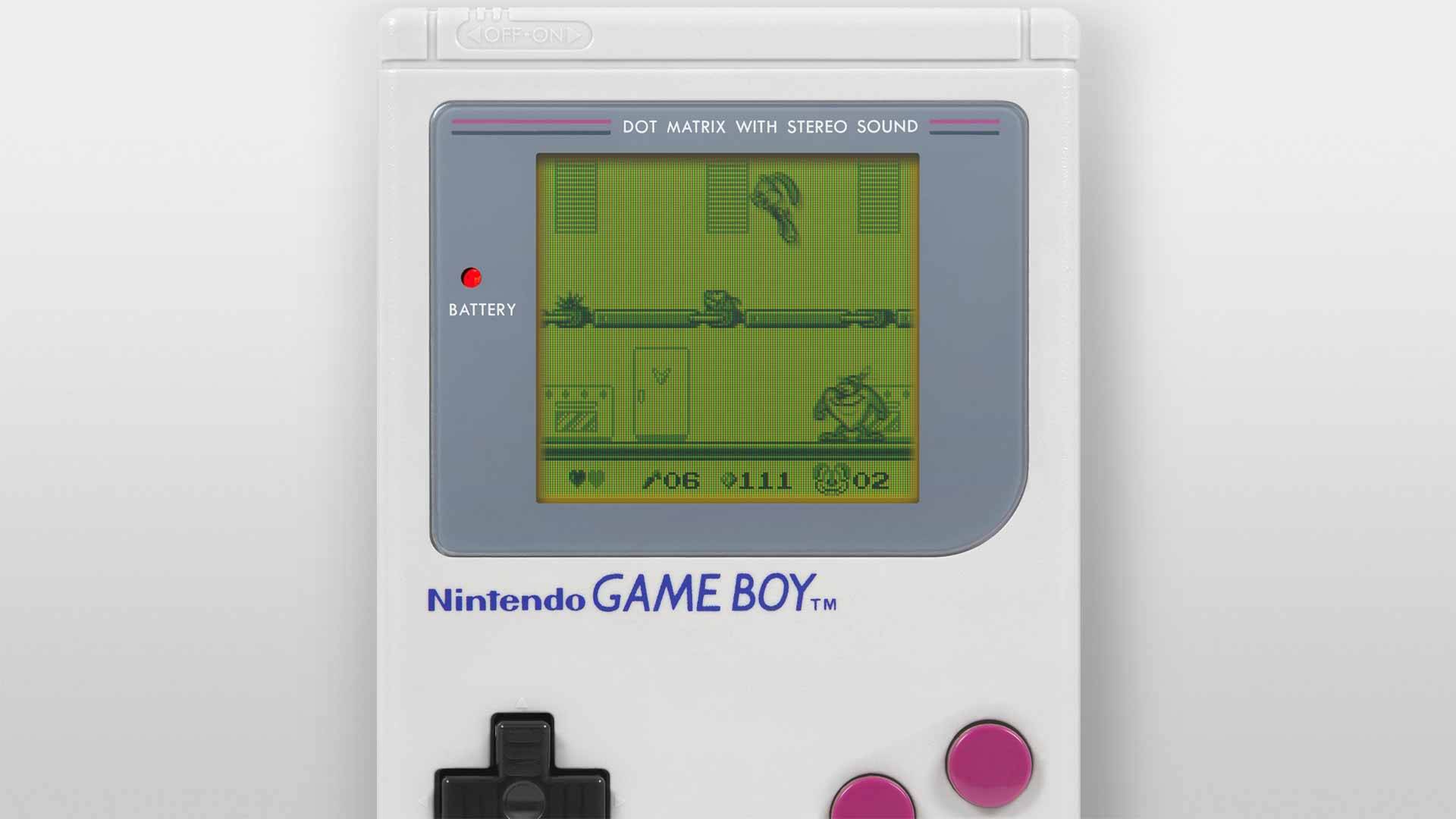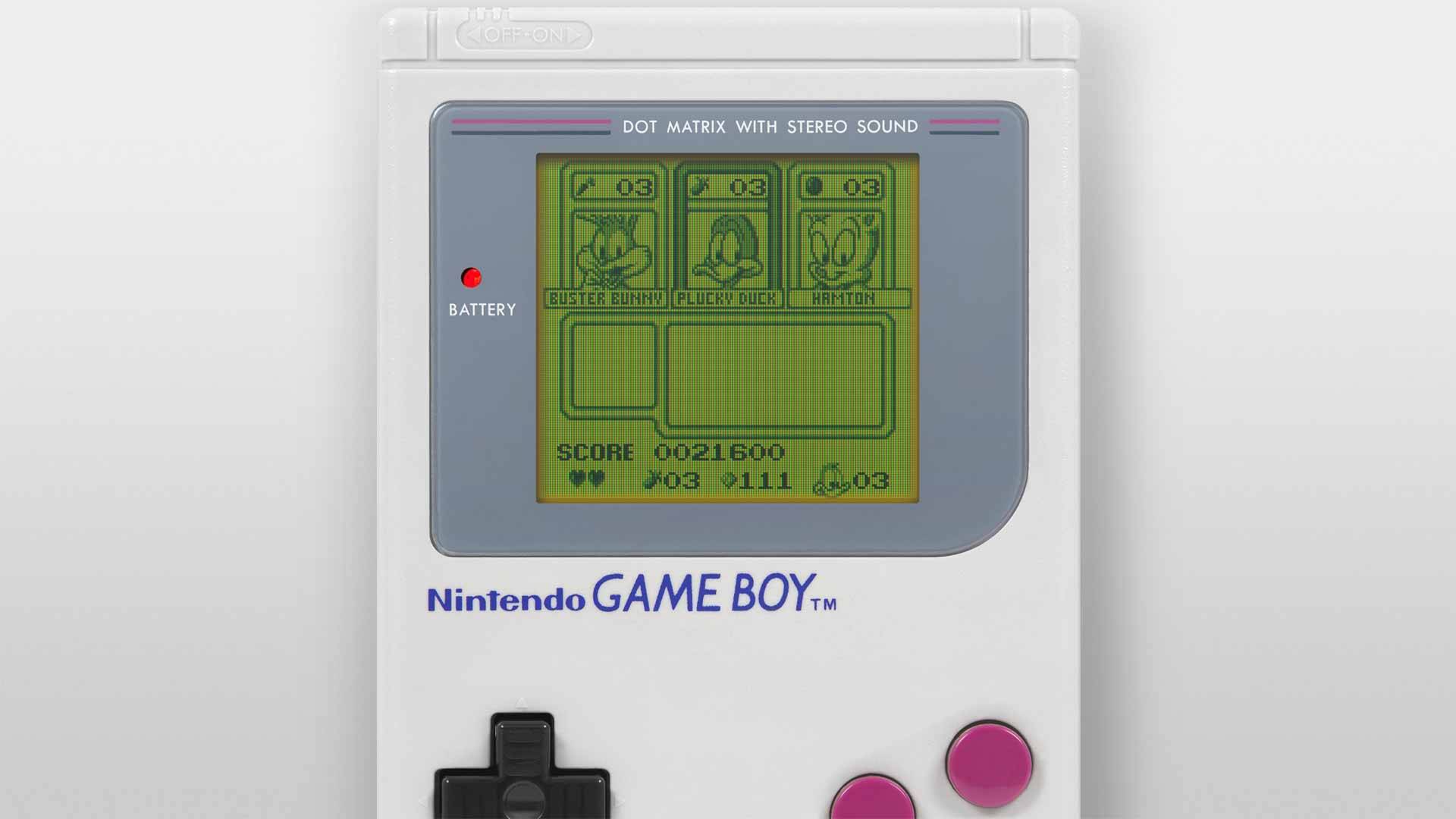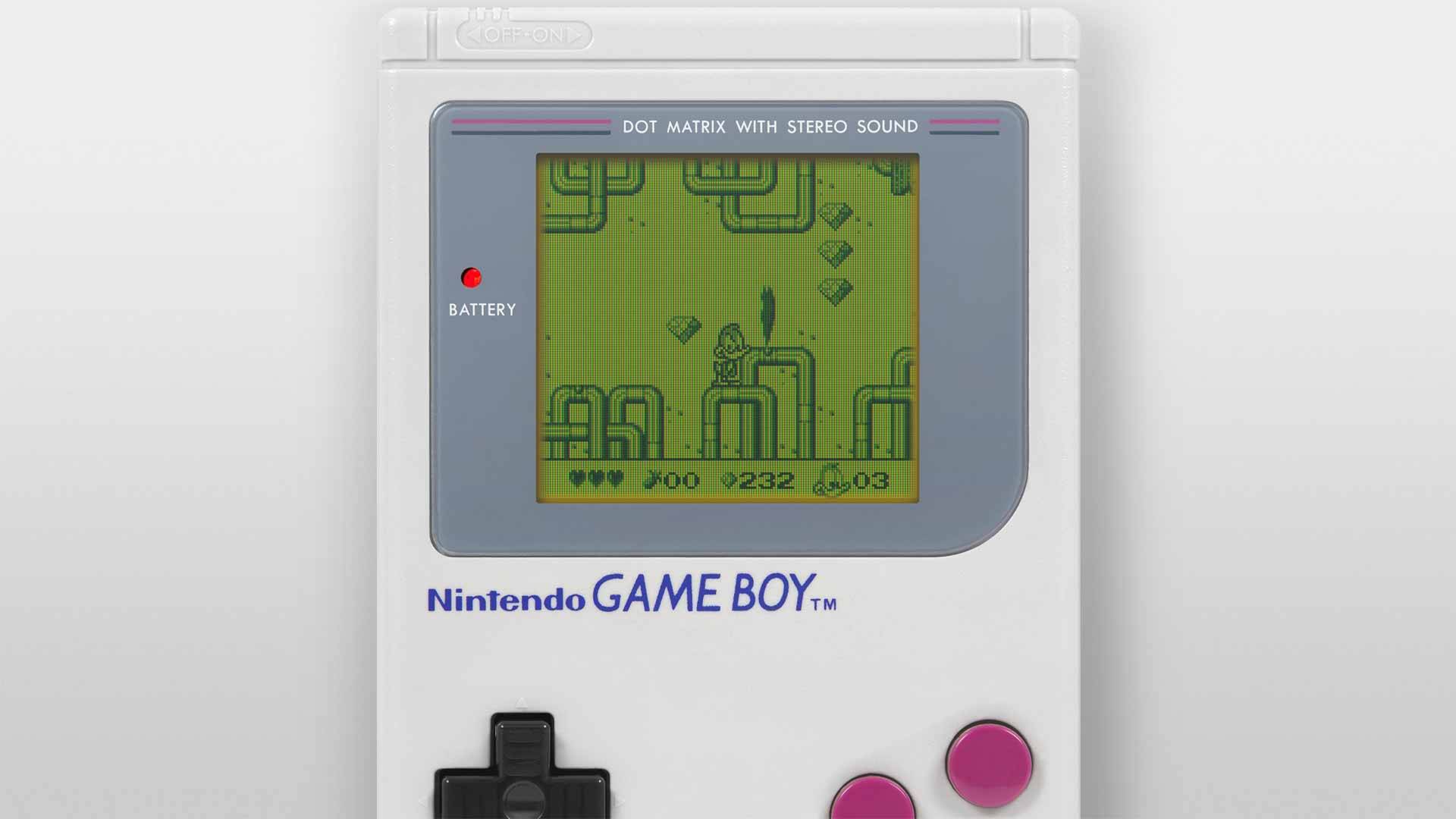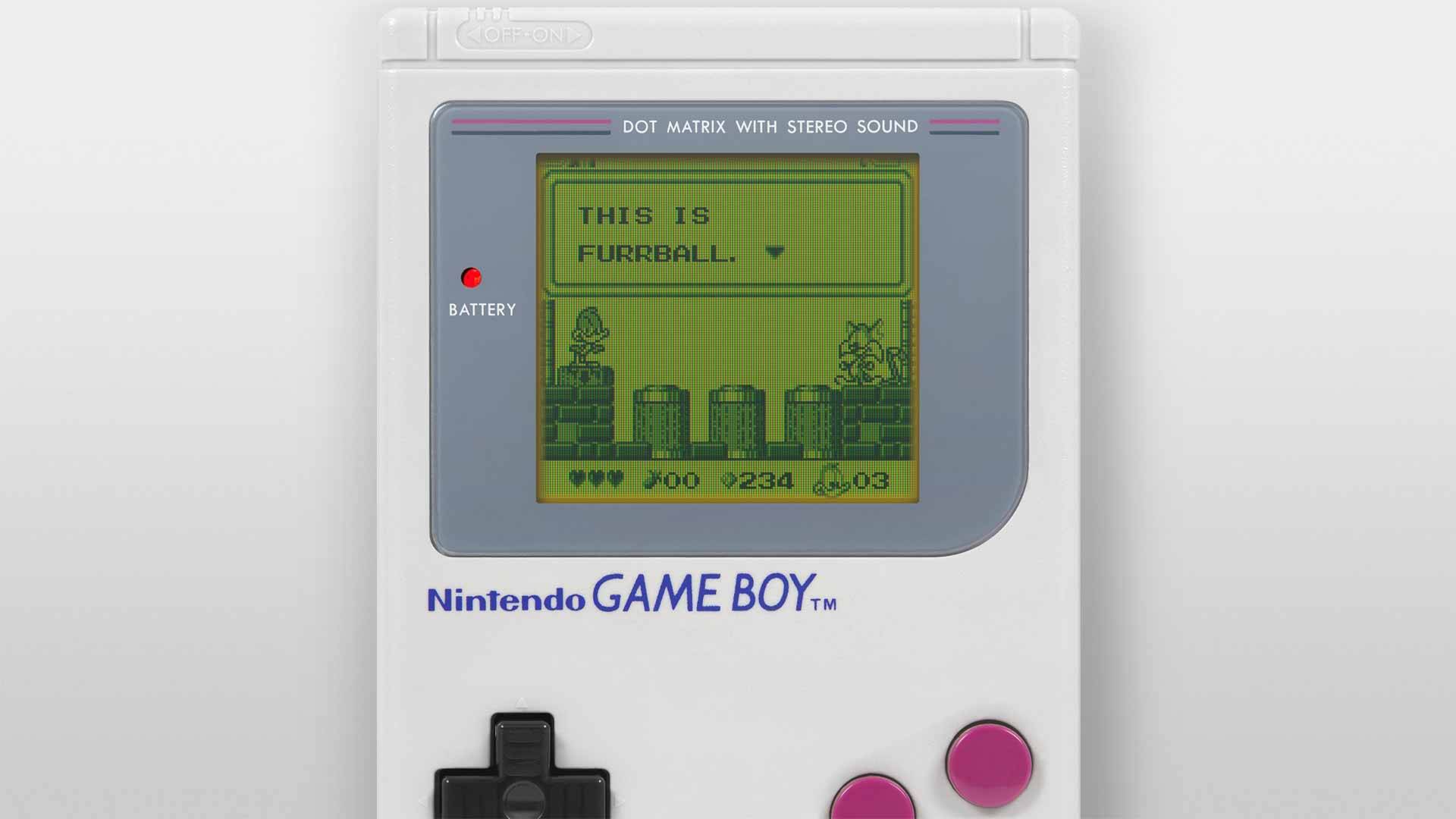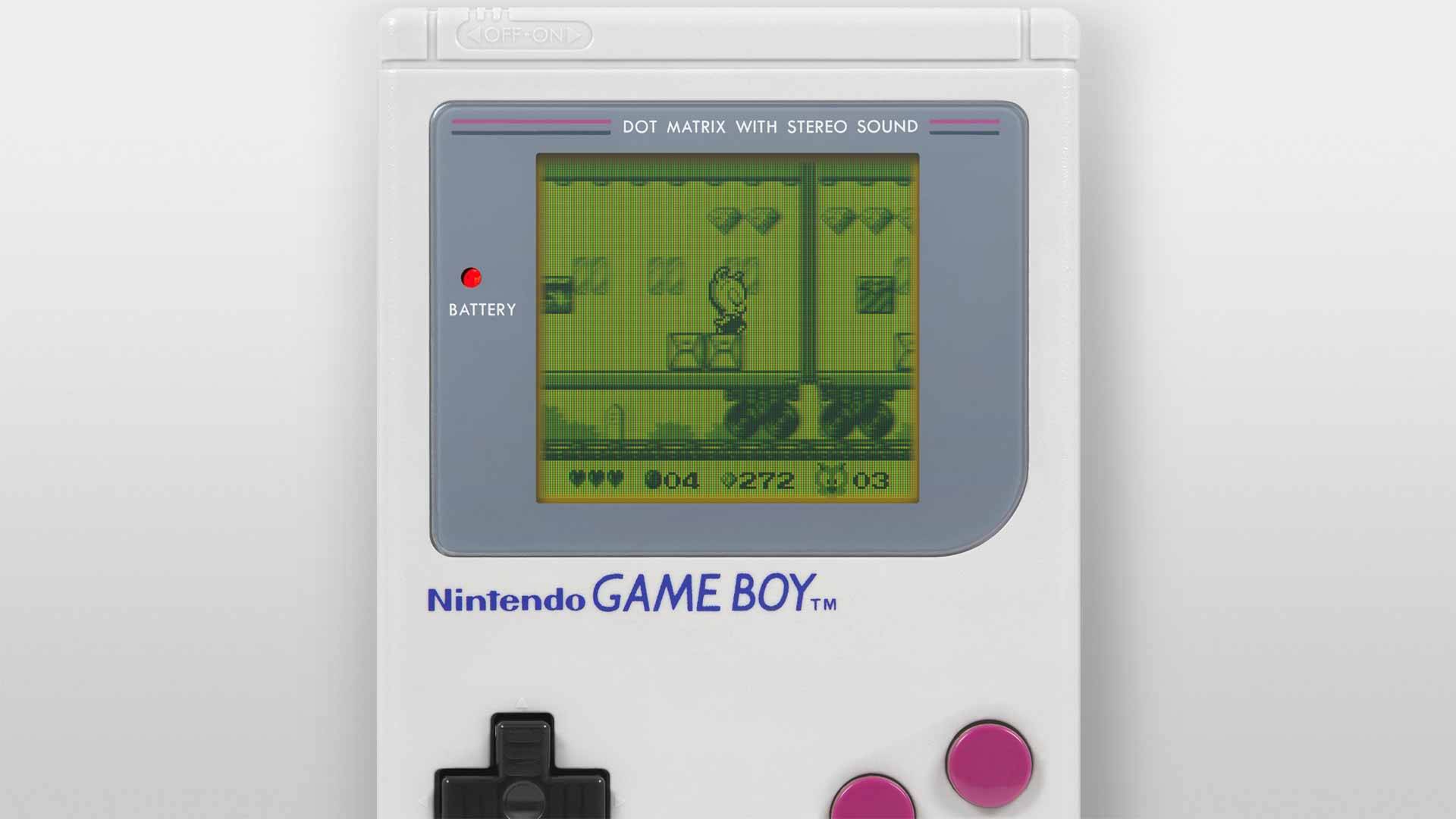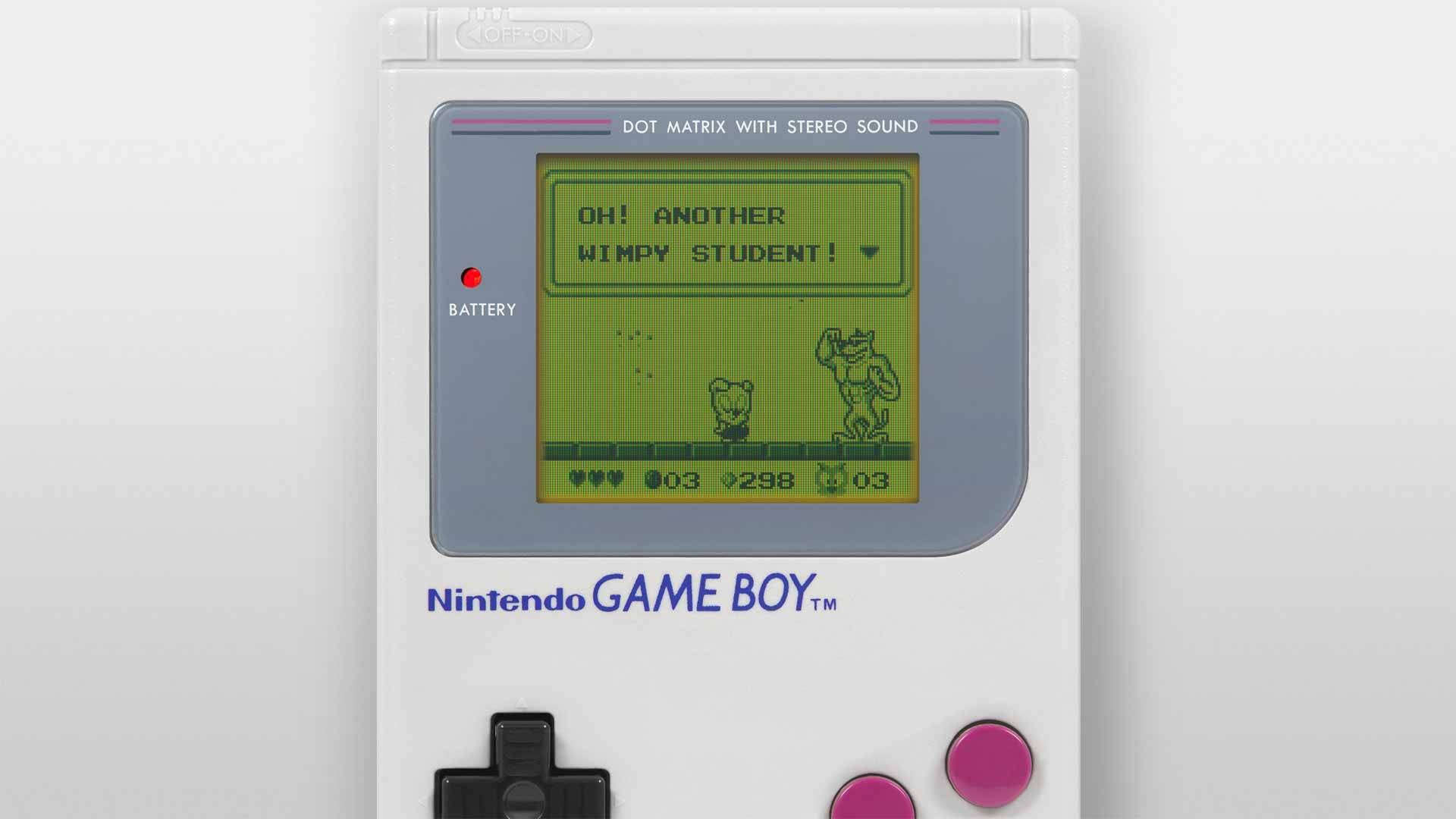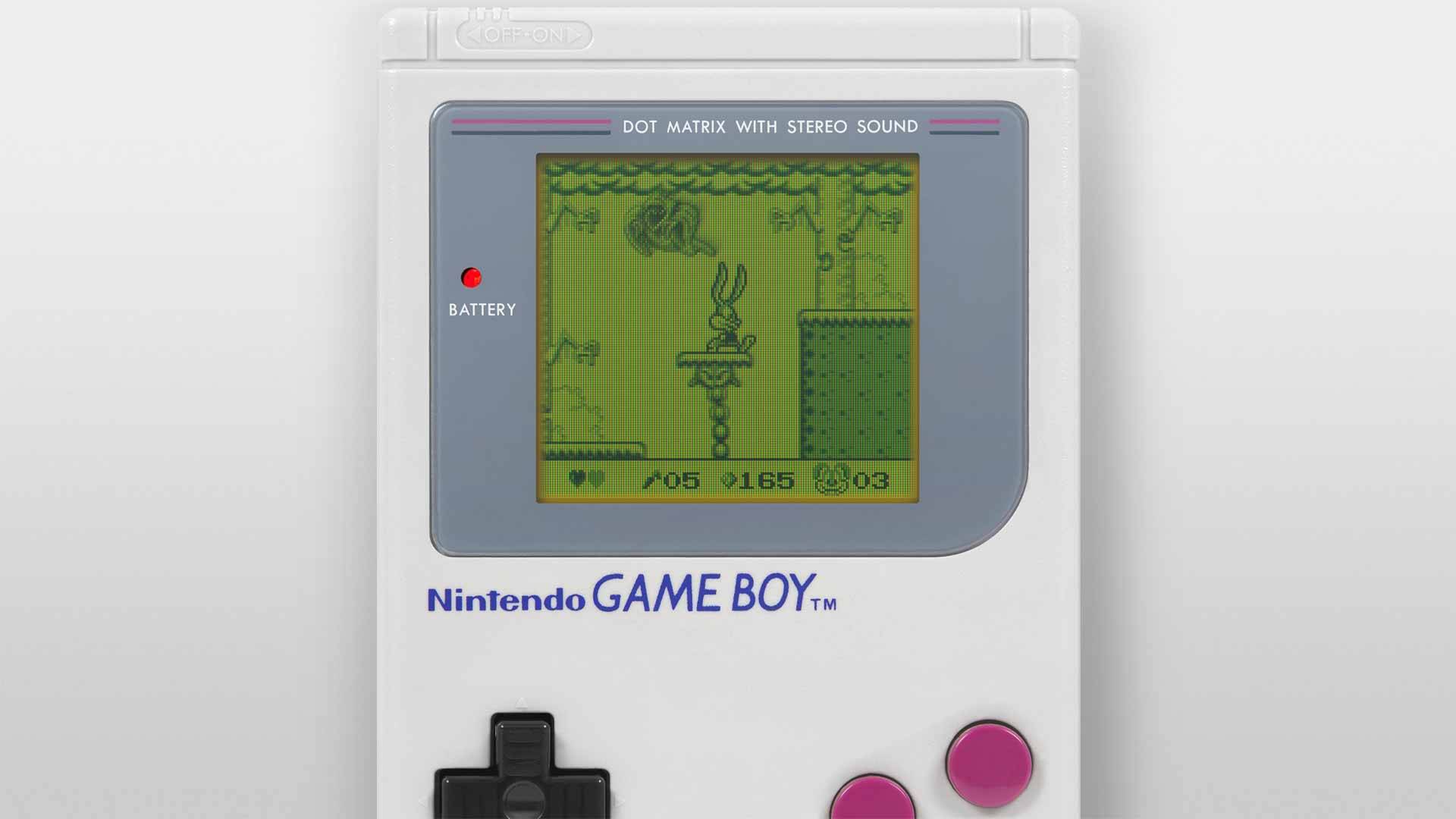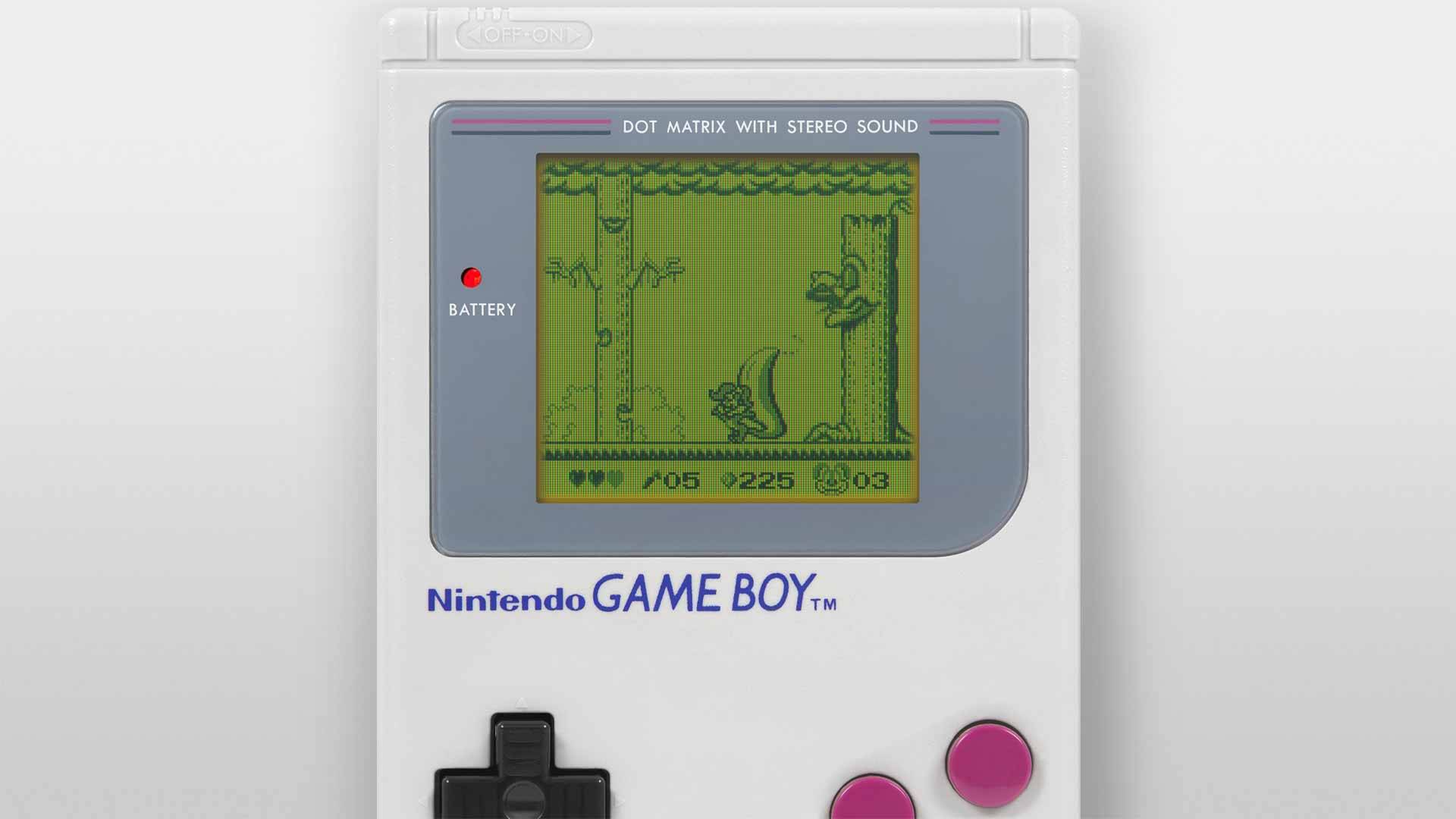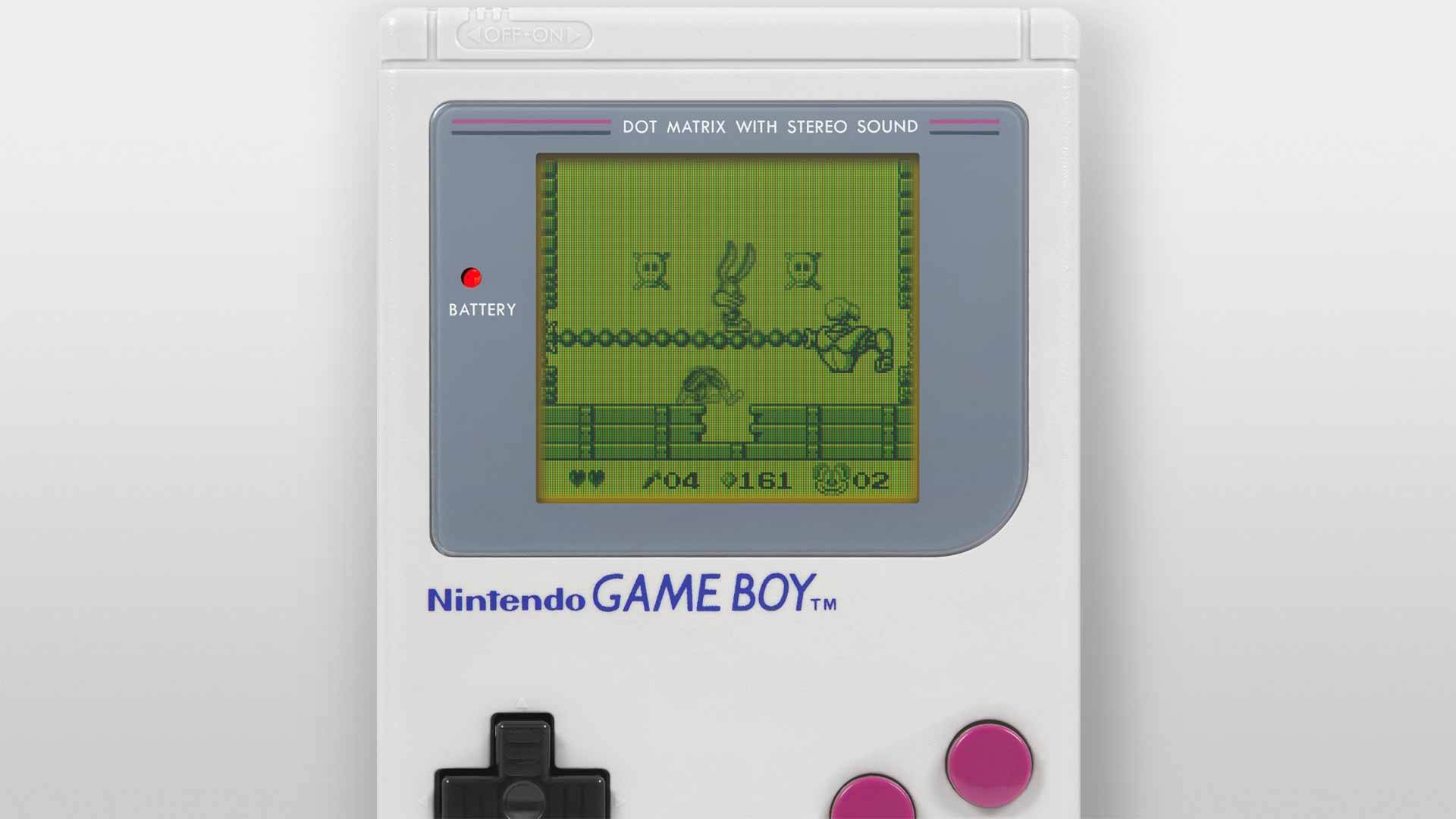Tiny Toon Adventures: Babs’ Big Break brings the zany world of the Tiny Toons straight to the green-and-grey screen of the Game Boy. A small but delightful journey through the cartoon universe of Acme Acres.
The Story of Babs’ Big Break: Tiny Toons Under Theater Pressure
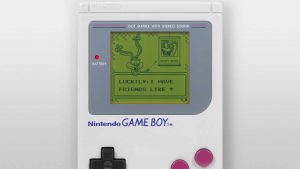
Babs Bunny dreams of a stage career as an actress at the ACME Theater. But Montana Max plans to buy the theater, tear it down, and build his personal money vault in its place. Now it’s up to Buster, Plucky, and Hamton to support her and stop Max.
The story unfolds in short cutscenes and takes players through multiple levels, supported by familiar sidekicks from the Tiny Toons universe like Dizzy Devil, Furrball, Fifi La Fume, and Shirley the Loon. They charmingly help the protagonists overcome obstacles throughout the stages. Along the way, however, enemies like Elmyra and Roderick Rat stand in the trio’s path. In the end, a showdown with Max awaits and depending on the number of collected gems, an alternate cutscene can even be unlocked.
Gameplay: Plattform Action with Buster, Plucky & Hamton
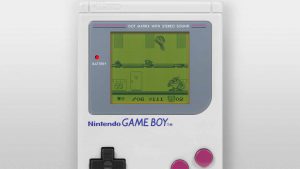
At its core, the game is a 2D side-scrolling platformer, but its standout feature is the character-based weapon switching. At any time via the pause menu, players can switch between Buster, Plucky, and Hamton each using a different projectile with unique behavior: Buster’s carrots arc slightly forward, Plucky’s pineapples bounce off floors and ceilings, and Hamton’s melons roll straight along the ground. Enemies can be taken out either by jumping on their heads or using the corresponding character’s projectile attacks.
The controls are pleasantly responsive, though some jumps require precise timing especially when dealing with moving platforms or enemies attacking from tight angles. The levels themselves are linear but varied: film sets, city streets, trains, and theater backdrops, all infused with typical cartoon humor and clever little gags. Hidden in pipes are small mini-games, like a footrace against Little Beeper, that add extra variety. Numerous item blocks scattered throughout the stages contain heart containers, fruit dice, and coins that grant temporary invincibility. Collecting over 500 gems also unlocks an alternate ending, giving the game a certain replay value.
Gameplay-Video: A first look at Babs’ Big Break
This short video showcases the first level of Tiny Toon Adventures: Babs’ Big Break on the Game Boy. I deliberately focus on just the first level – no spoilers – to give you a feel for the gameplay, graphics, and sound without ruining the fun of discovering the game yourself.
Graphics and Sound of the Game Boy Classic
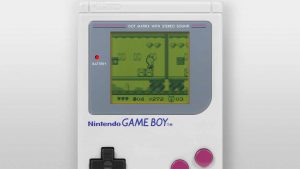
For a Game Boy title from 1992, the visual presentation of Babs’ Big Break is remarkably charming, and Konami captures the Tiny Toons style with impressive authenticity. The characters are well translated into pixel art and instantly recognizable from the show. Hits, explosions, and interactions are clearly and dynamically animated, and the cutscenes featuring character portraits add an extra dose of cartoon flair.
Despite the technical limitations, the game manages to capture the atmosphere of the TV series not just visually, but audibly as well. The title theme immediately injects that unmistakable Tiny Toons energy, and each level features its own melodic and lively track. Each character has distinct throwing sounds, while item and enemy effects blend seamlessly into the overall soundscape. Hits and jump effects are clearly separated, avoiding any distortion or audio clutter.
How difficult is Babs’ Big Break?
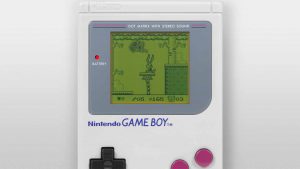
The game is overall easy to moderate, making it well-suited even for younger players. Level sections are relatively short and straightforward, enemies are predictable, checkpoints are fairly placed, and continues are unlimited. Experienced players can complete the game in under an hour. A few boss fights require some timing and spatial awareness, but with a bit of practice, they’re easily manageable and frustrating moments are rare. Those looking for more of a challenge can focus on collecting all the gems, though this requires a keener eye and may result in the occasional lost life.
Multiplayer or just solo?
A multiplayer mode is absent, and Babs’ Big Break remains a purely solo adventure.
Conclusion & Rating: Is Babs’ Big Break still worth playing today?
Tiny Toon Adventures: Babs’ Big Break
Conclusion
A charming Game Boy platformer with fitting sound, clever animations, and plenty of ’90s flair – perfect for fans of the Tiny Toons.

“Tiny Toon Adventures: Babs’ Big Break is more than just another licensed game – it’s a well-designed platformer that shines with gameplay variety, endearing humor, and charming presentation. The combination of crisp sprites, clever animations, and vibrant sound makes it a real eye-catcher from the golden age of portable 8-bit games. It’s not particularly long or difficult, but every minute captures the spirit of the Tiny Toons perfectly.”
~Roger Wilco~

